|
This is a short, modified excerpt from my book, A Guide to Spinning Hand Dyed Fibre. If you browse the shop on a regular basis you'll notice that the hand dyed fibre braids have lots of information in the titles, and at the end of the titles are a few key words... Repeating, Variegated, Semi-Solid and Gradient. Those titles are telling you how I dyed the fibre, and are a big clue about how the braid will spin. Now, these are my classifications, rather than a recognised "industry" standard, but I do use them consistently, and most dyers will describe braids using a variation on these themes. Semi-SolidThis technique at first glance isn’t that different to the commercially dyed solid shades you can buy. However the hand dyed version will contain far more subtle variations. These give life to your yarn. It’s a particularly effective dyeing technique for yarns you know you’ll use for textured fabric for example cables or lace, because the variation in the colour won’t be fighting with the pattern of the stitches. Many times when I dye a semi-solid I'll actually mix up 4 different subtle variations of the same colour, and use those to dye the fibre. RepeatingThis dyeing technique uses multiple colours, they are applied to the fibre in a regular pattern to create blocks of colour that appear in the same order, and are the same length all the way along the braid of fibre. These braids can occasionally be hard to tell apart from variegated fibre, particularly if the colour blocks are short. The best way to tell is to unbraid your fibre, and lay it out in the same way the dyer will have done while applying the dye. It soon becomes pretty clear when the colour blocks start lining up. If you spin this yarn with no further manipulation then you will get a yarn that forms stripes. This is not a description you'll see many dyers use, but I find it helpful to distinguish between this style, and one where the colours are applied in a ore random fashion. VariegatedThis technique produces a braid with a whole variety of shades, but crucially they’re not placed at regular intervals, and appear in blocks of different sizes in a random order. That means the yarn you spin will have a variety of colours in it, but you won’t get a regular pooling or striping pattern. Again, the best way to check if this is the dyeing technique that’s been used is to unbraid and lay out the fibre. You shouldn’t be able to find any sort of repeating pattern. The degree of variegation will depend on how contrasting the colours were in the original braid. GradientIn braids that are gradient dyed each block of colour will only appear once. In comparison to repeating dyed fibre this dyeing technique should produce smooth transitions from one shade to another. You sometimes see braids of mirror gradient fibre. In these the fibre will have been doubled, and then dyed. This means you can use the 2 halves of the braid for a very easy matching 2-ply yarn, or can spin each half separately for matching skeins to make a pair of items such as socks or mittens. Ombre Gradients are similar to regular gradients, but only use one colour. This shade becomes progressively paler along the length of the braid. If you want to get more in control of the yarns you can make from these fibres then there's lots of information, and a huge number of swatches showing the techniques and manipulations, in the book.
Comments are closed.
|
Archives
January 2024
Categories
All
|
Hilltop CloudHilltop Cloud- Spin Different
Beautiful fibre you'll love to work with. Established 2011 VAT Reg- 209 4066 19 Dugoed Bach, Mallwyd, Machynlleth,
Powys, SY20 9HR |

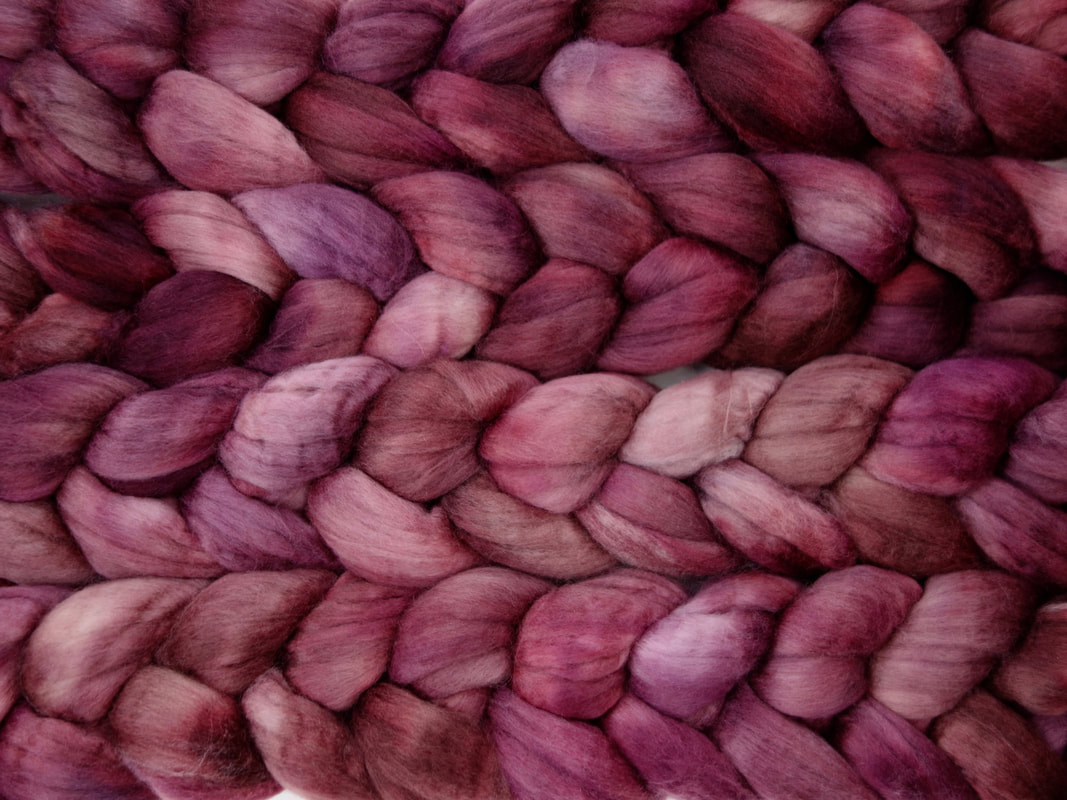
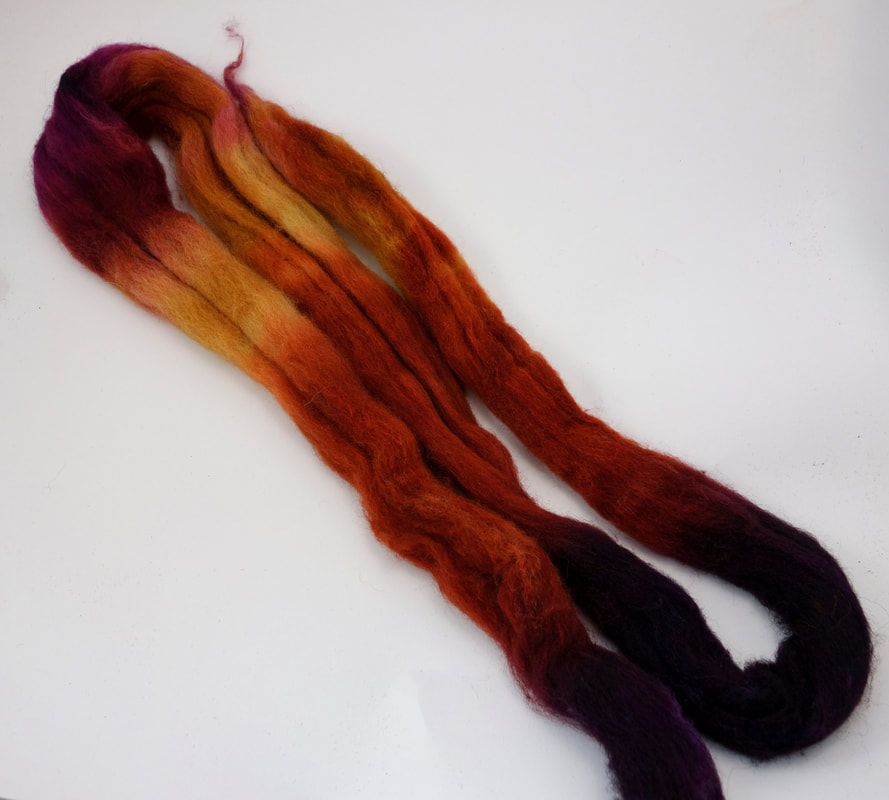
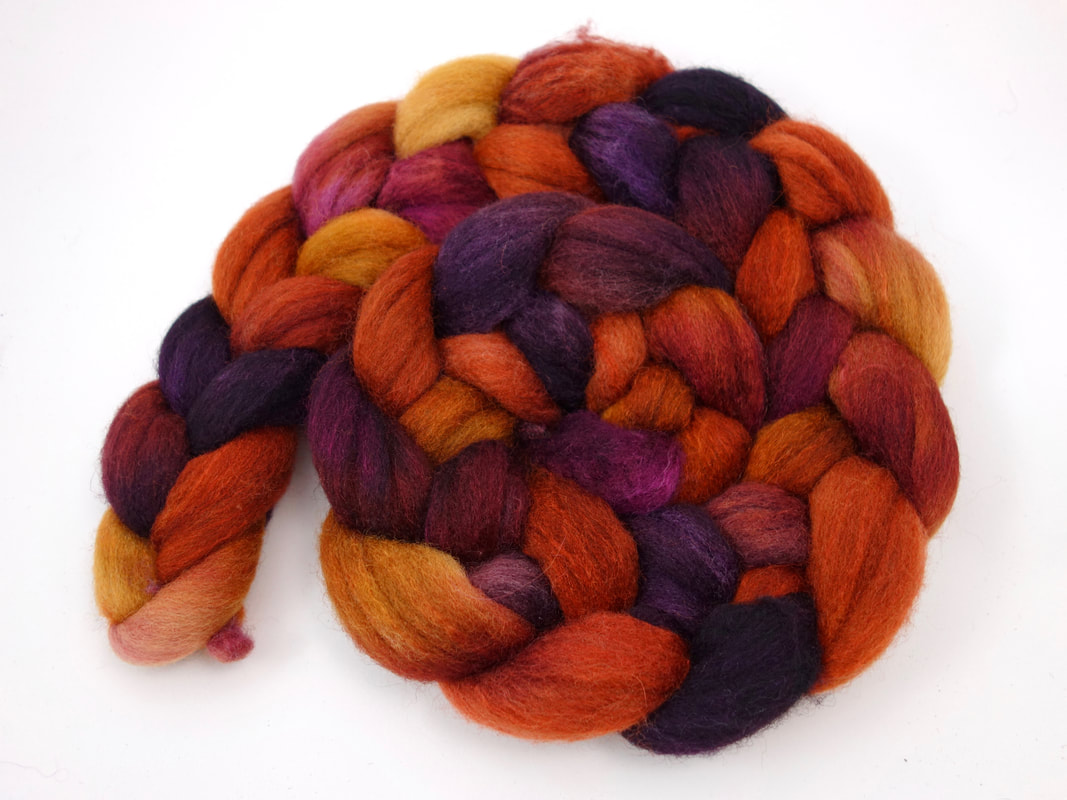
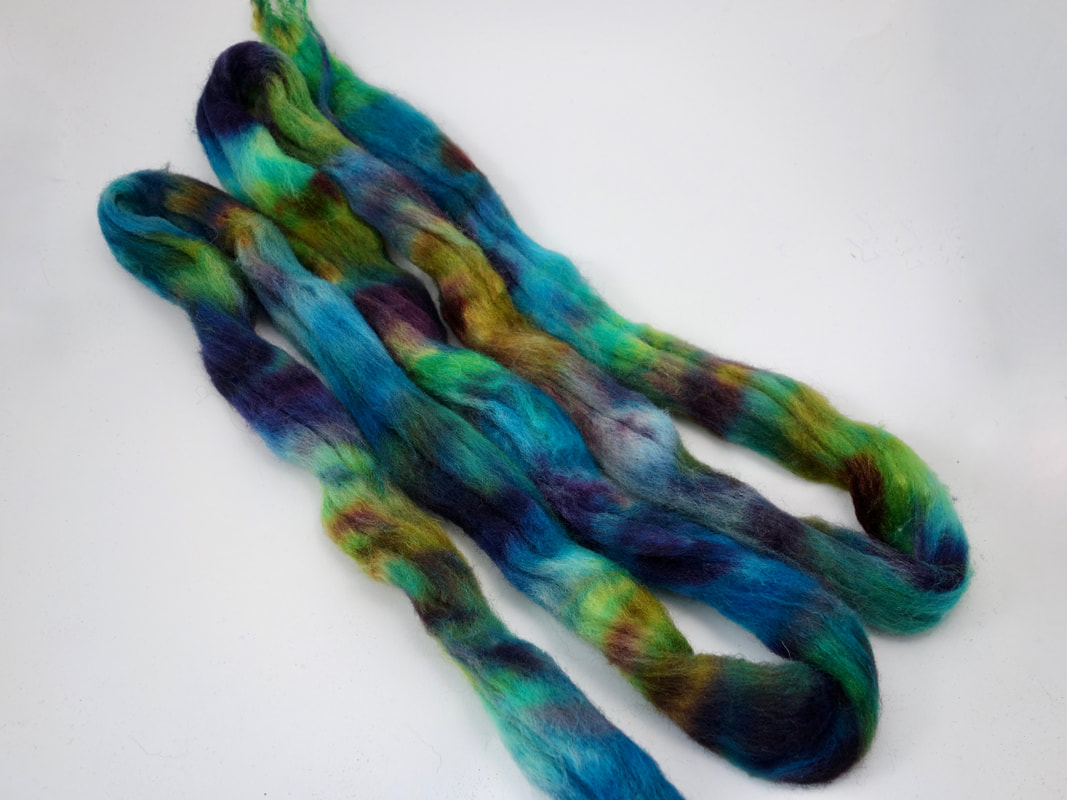
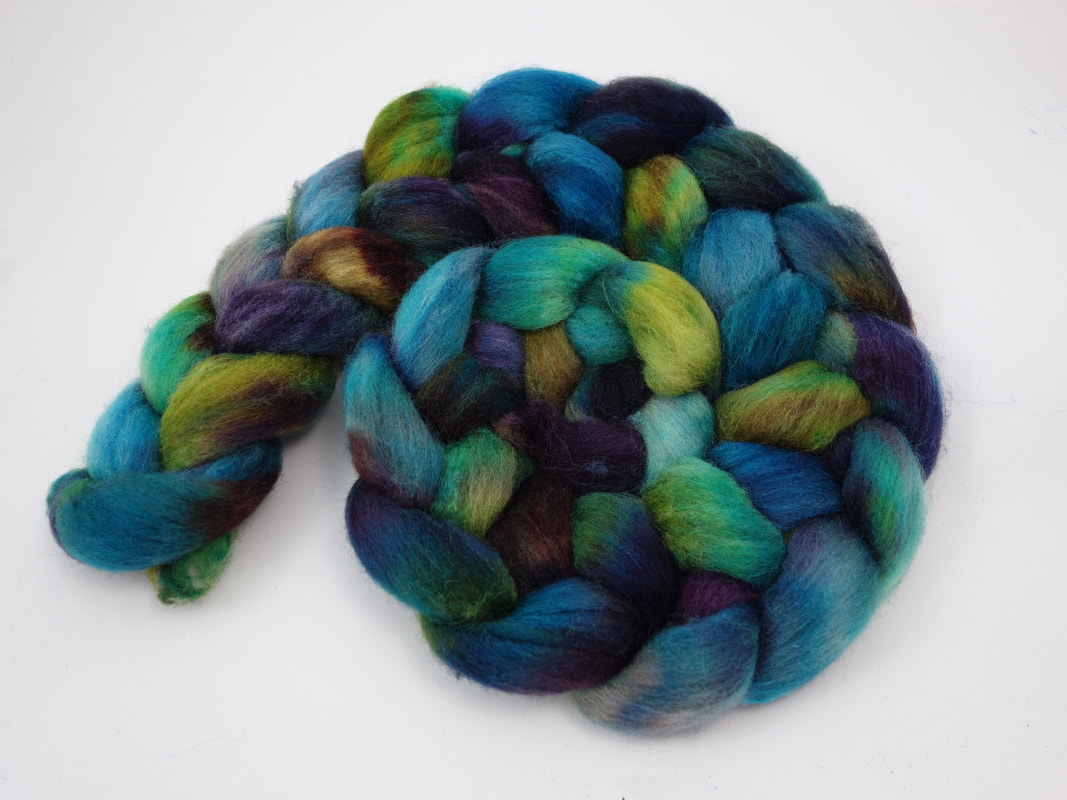
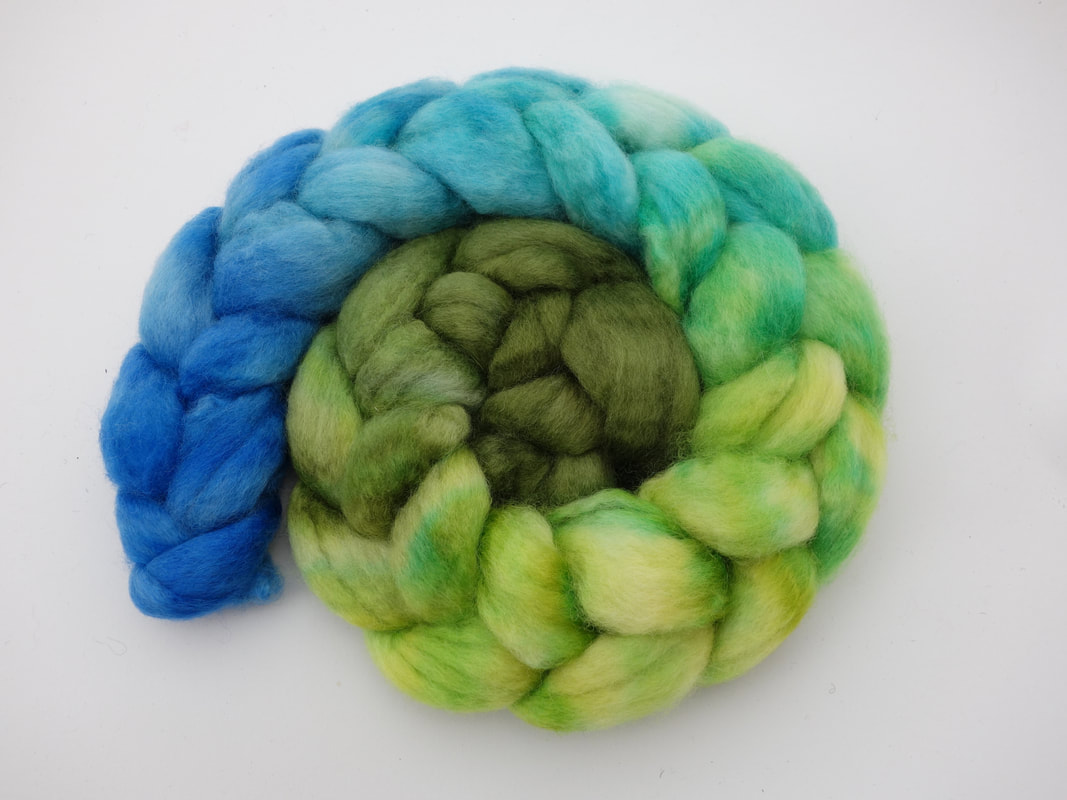
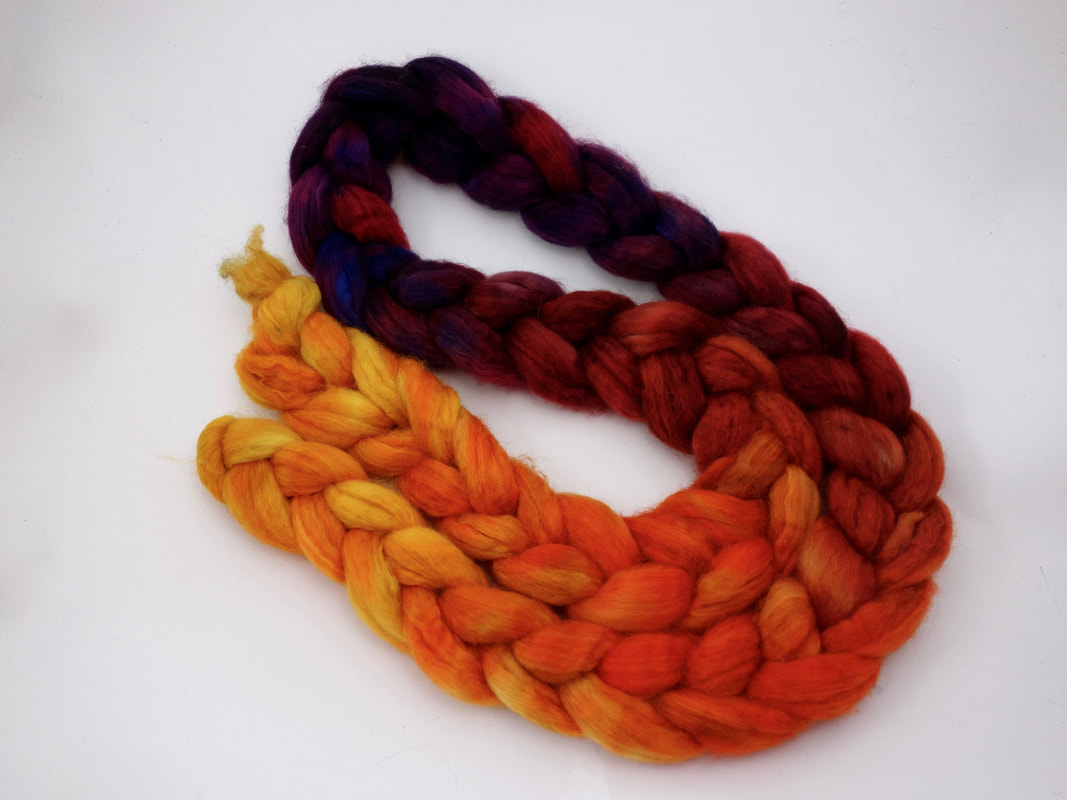
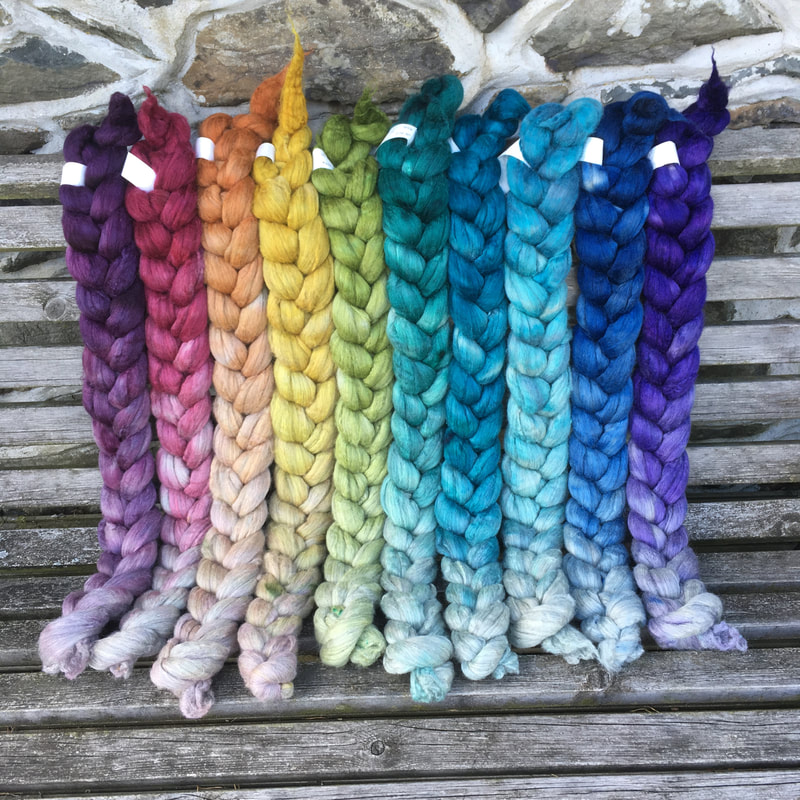
 RSS Feed
RSS Feed


